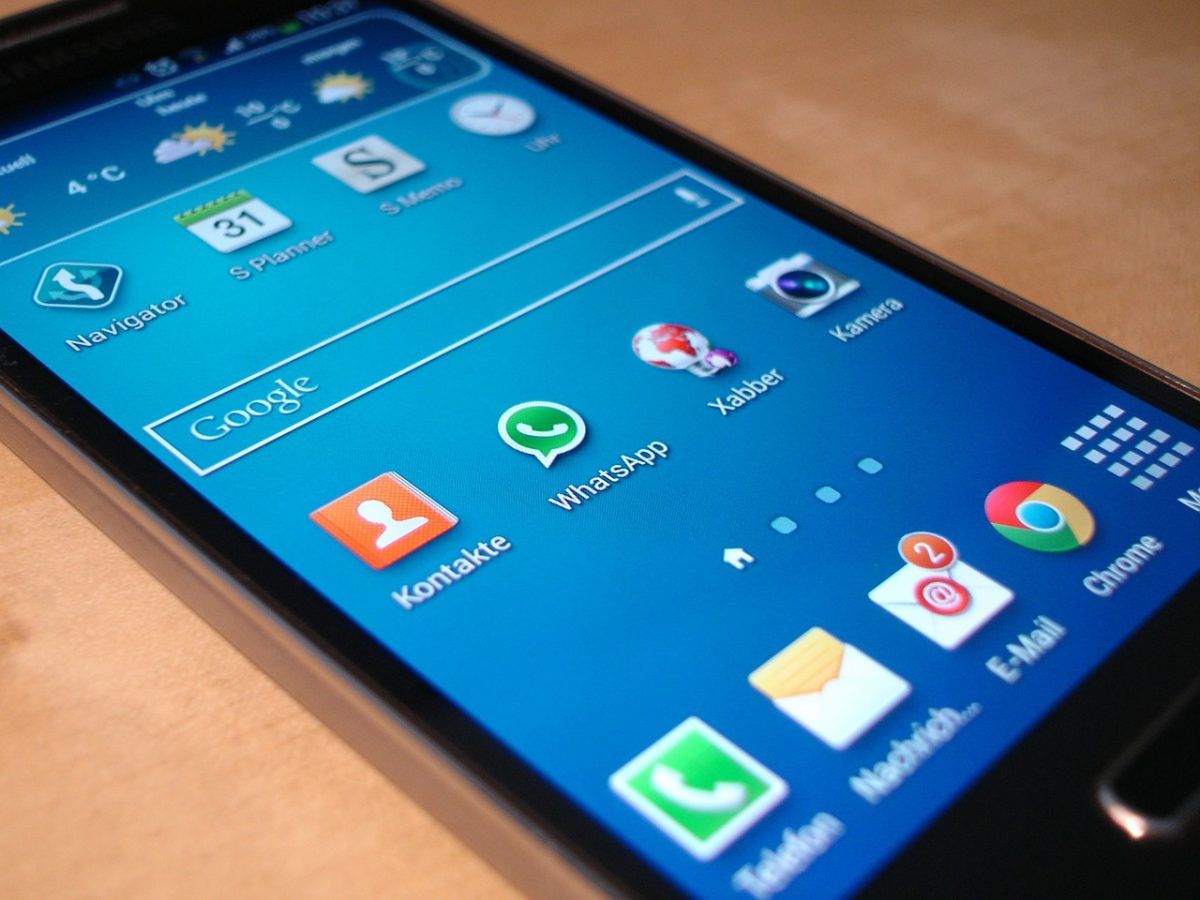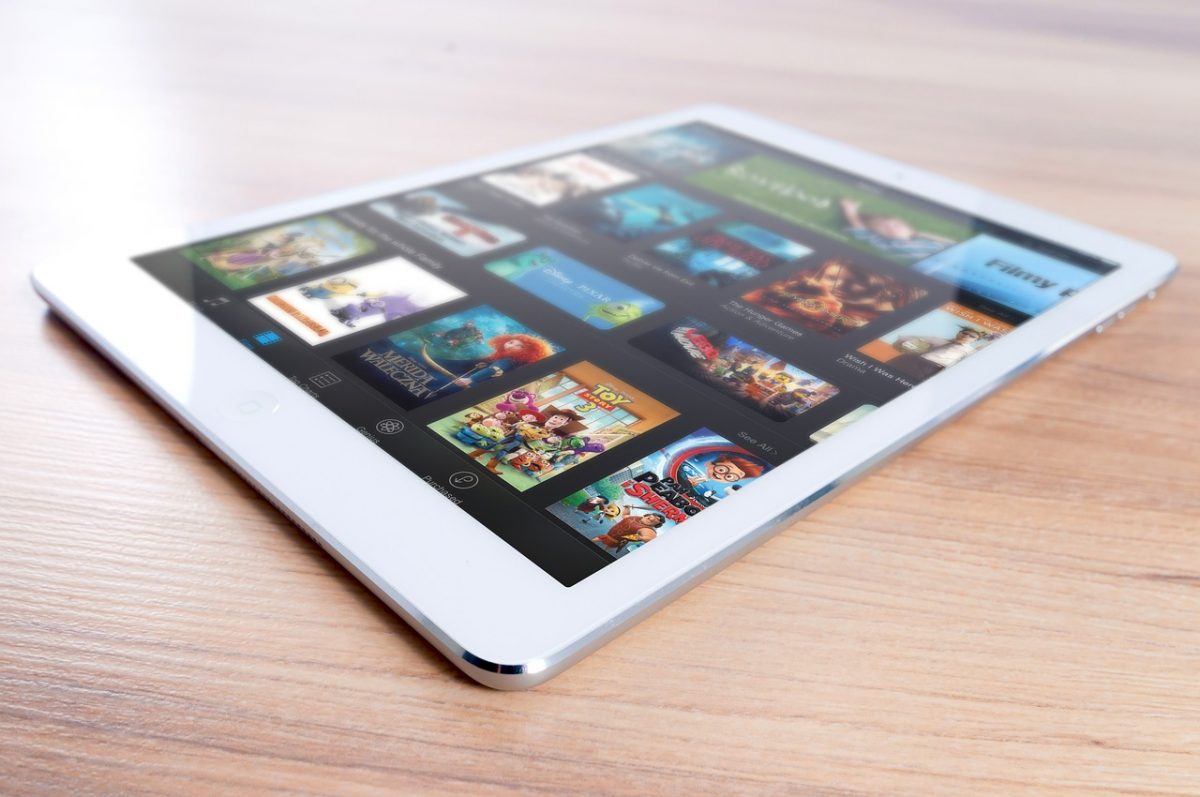Four Best Practices For Successfully Onboarding Mobile App Users by Michael Essany. Available from <https://mobilemarketingwatch.com/four-best-practices-for-successfully-onboarding-mobile-app-users-70498/> [January 23, 2017]
The following is a guest contributed post from Amy Abascal, Head of Marketing, Americas, FollowAnalytics.
In the old days of software design, onboarding campaigns were considered a crutch to compensate for bad UX. In some cases, the on-boarding workflow even interfered with your ability to use the application. Anyone remember that talking paperclip in MS Office that always seemed to get in the way? But mobile apps are a different beast. Well thought out onboarding flows can be an essential tool to ensure user retention.
It’s fairly well established that most apps are deleted after their first use – over 80% to be clear. And comscore reports that users spend more than 75% of their time in their three favorite apps. So unless you want your app to be deleted or forgotten about, it’s critical to ensure that users find immediate value. Coaching screens and in-app messages that introduce key features can make a huge difference
In addition, many mobile apps are useless or crippled without permission to use external features provided by the smartphone. Think of Instagram without camera permissions or Waze without GPS. Unfortunately, smartphones don’t allow apps to access these by default. The user must agree and onboarding campaigns can get them to do so.
Here are five tips to creating successful onboarding that will ensure your users love your app and keep using it.
I. Take the Pain Out of Logging In
Typing passwords on a desktop computer can be tough, but typing them on a mobile device can be downright maddening. If your user opens your device, is immediately prompted to create an account and cannot get through the login process, it’s pretty much guaranteed you’ll lose them.
Instead, don’t require users to create an account until it’s really necessary. How much can they explore before a login is required? Once they see the value of your app, they’re more likely to go to the trouble.
Next, provide as many options to login as possible. Social media sign-ins through Facebook and LinkedIn are great, but if users store their passwords keychain tools and don’t remember them, you’ve added more complexity to the process than they may be willing to put up with. Furthermore, ask your team if it’s really necessary to have strict password requirements? Can you let them log in with a numeric pin? My bank lets me login with my fingerprint. I love them for it!
II. Think About Context When Asking Permission
If you are going to request permission to send push notifications, use the camera or GPS, or access other external functions, then explain what the user is getting out of it. When they sees the app is more useful by clicking “allow”, they’re much more likely to do so.
Likewise, the timing of your requests is just as important as explaining why you’re asking. I’ve used apps that asked for everything from my social media profile to my location before I was even certain what the app did. Let your user get addicted to your app first. You might not need to ask for permission to use the camera until someone is ready to scan a barcode or take a picture. If they understand that denying access will create an obstacle to whatever they are trying to do right at that moment, they are far more likely to agree.
III. Segment and Personalize the Journey
Different users users are likely follow different paths through your app. When you consider context as part of your on-boarding journey, you find out that there are now many journeys and not just one.
Not all users will respond to the same things the same way? By leveraging a best in class mobile analytics tool, you can understand your segments (down to segments of one!) and know quantitatively what messages and content appeals to each. This allows you to tailor your onboarding campaigns, sending the right message to the right person at the right time.
Not only should you use your segments for demographics, but you can also use them to see where people are in the onboarding process. If you have a group of users that have all opted out of push notifications at a certain point, then by experimenting with the process, you may be able to change their minds on down the road. Or perhaps you learn that it’s appropriate to show coaching screens to certain subsets of users and not others – or at different points.
IV. Analyze, Test and Optimize
Onboarding paths are no different than any other engagement campaign. Be sure you test and optimize your messages. First, use funnels and event flow analytics to understand where certain segments are dropping off. Then split test your mobile messaging to improve results. Perhaps calls to action can be written differently to appeal to different segments. What can you test and optimize to boost successful adoption of your app?
The Takeaway
Well designed onboarding flows can be powerful tools that improve retention and help users get value from your app. Put yourself in the shoes of your user. Think of times that a login process was so cumbersome that you gave up. When considering when and how to ask permission for external resources, be sure your timing makes sense and that the user perceives value in allowing the request. Understand that not all users will follow the same hard coded path and use segments and personalization to be sure each person gets the best experience for them. And finally, test your messages and calls to action. By observing these practices, you can improve retention and be sure users get the most out of your app.
Four Best Practices For Successfully Onboarding Mobile App Users by Michael Essany. Available from <https://mobilemarketingwatch.com/four-best-practices-for-successfully-onboarding-mobile-app-users-70498/> [January 23, 2017]




